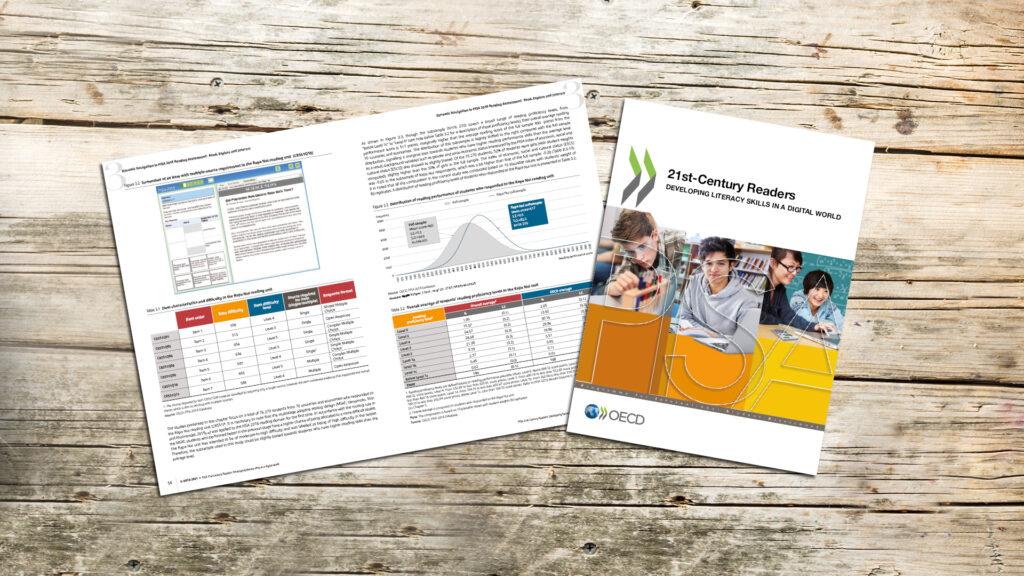
In a compelling report published recently, PISA, the OECD’s Programme for International Student Assessment, affirms that students perform better when they read from printed materials rather than digital devices. This research sends a clear signal to parents and education providers that more must be done to safeguard reading in print for the future of education.
Overall, approximately one-third of students rarely or never read books, according to the OECD/PISA report. Whereas one-third read books more often in paper format, 15% read more often on digital devices, and 13% read equally often in paper and digital formats.
These figures are alarming. While it is positive that printed books remain the preferred medium for reading, two-thirds of students are not reading enough – or enough in print – to obtain the best chance of developing strong literacy skills. This will have far-reaching ramifications. Developing strong literacy skills is crucial in our knowledge-saturated digital societies. Young people must be given the best tools to navigate digital environments autonomously and cut through the noise of ‘fake news’ and disinformation. The best tool for reading is proven to be print.
The OECD is not the first to publish such clear findings. The COST Action E-READ Initiative, a large-scale research including meta-study, which found in 2018 that reading printed materials is better for young people’s education outcomes when it comes to comprehension, concentration, critical thinking, and deep-reading.
Download the full OECD/PISA report and executive summary here.
